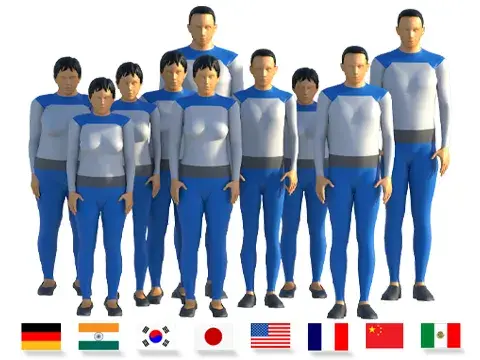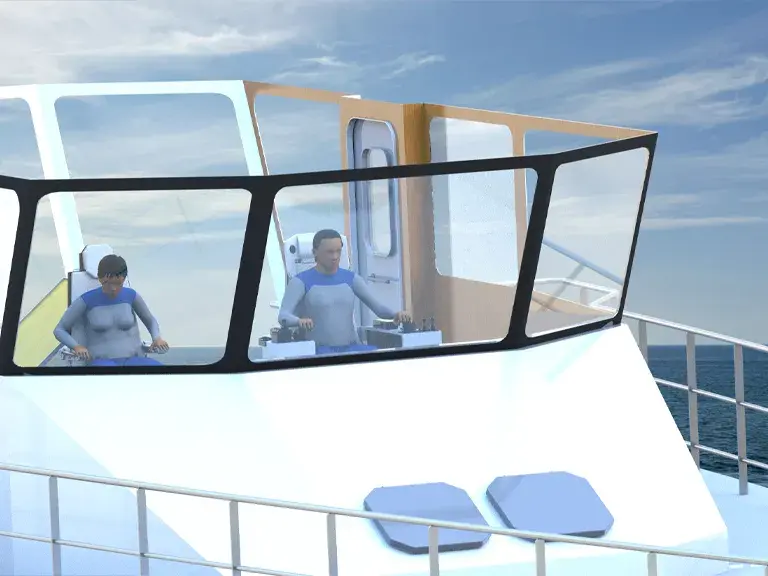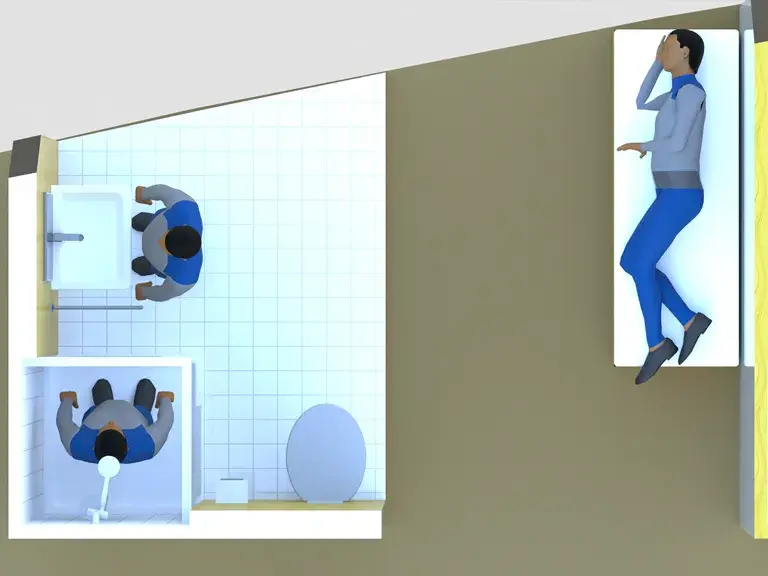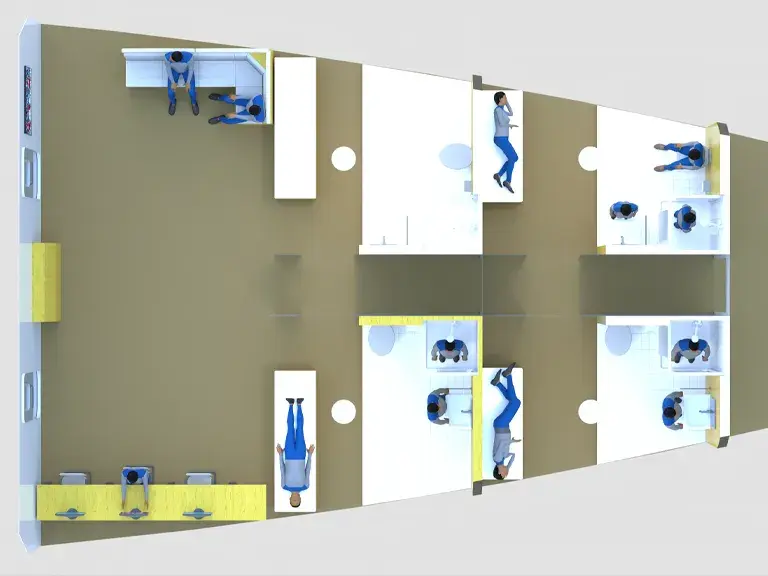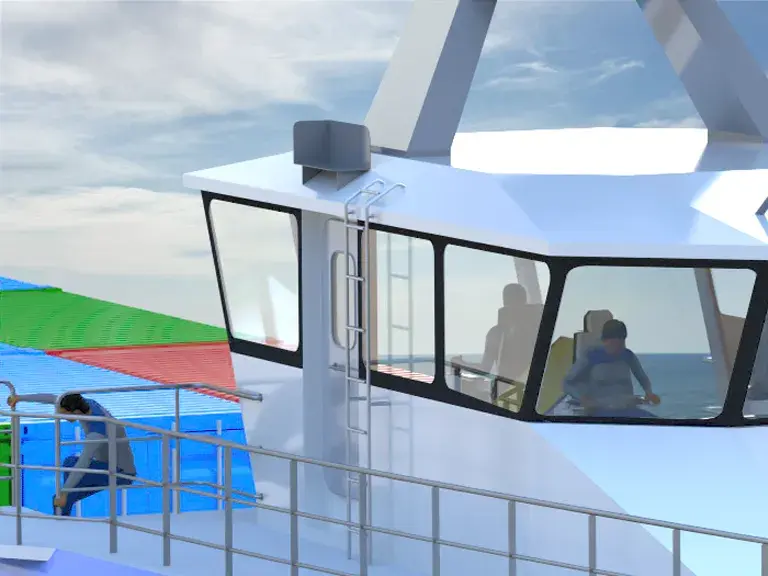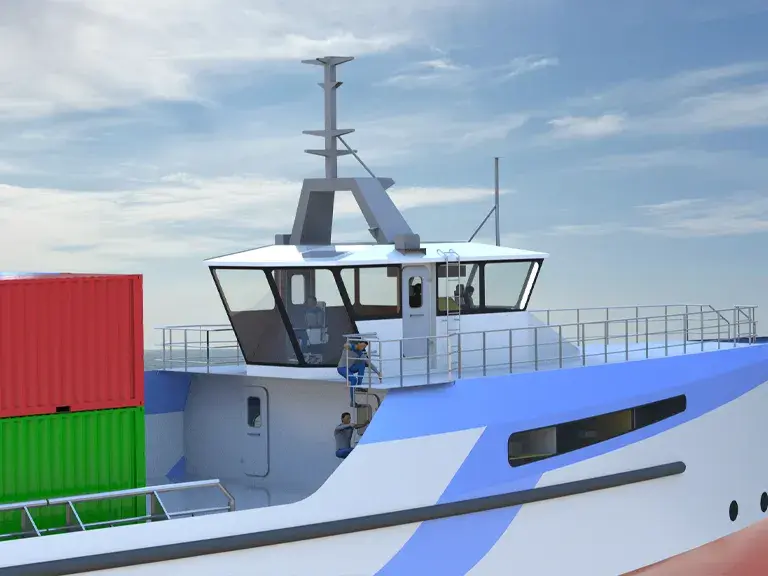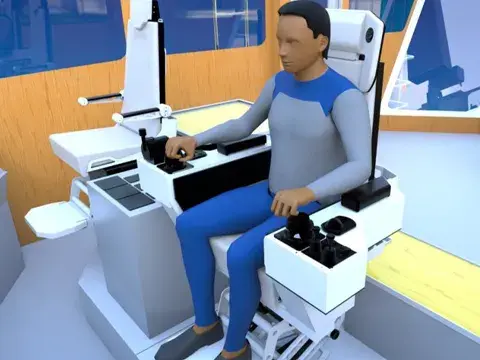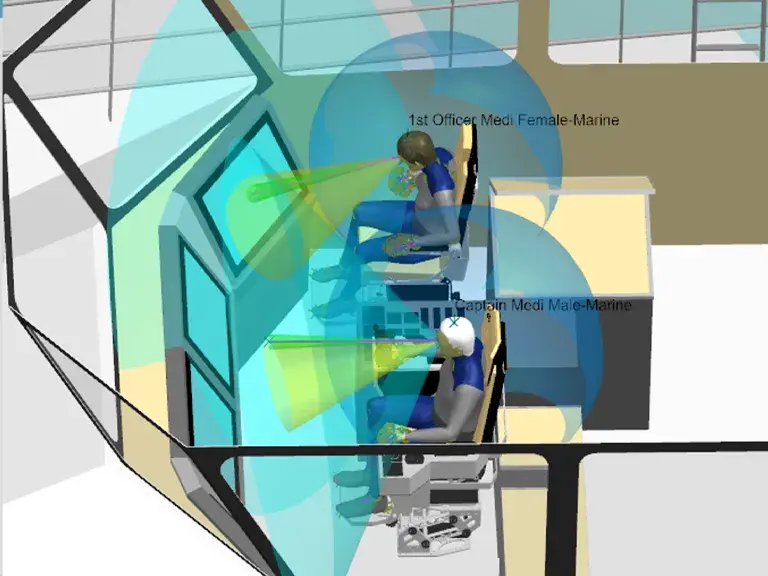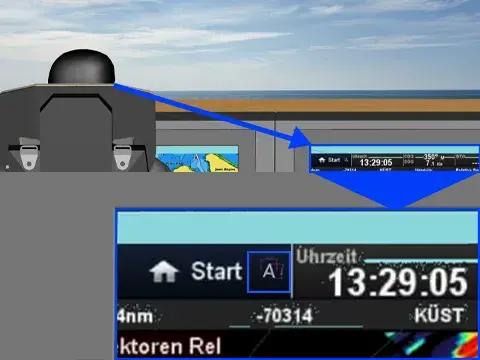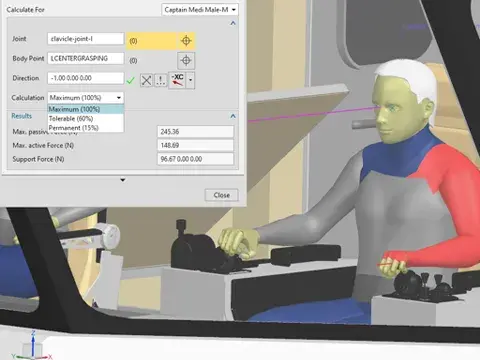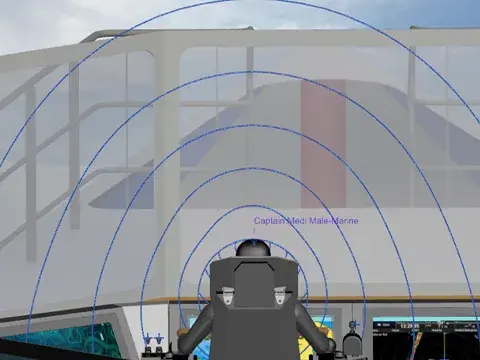Human-Centered Design for Safer, More Efficient Ships
Every vehicle operated by humans needs to be as safe and comfortable as possible. RAMSIS, the leading digital human model, is now extending its benefits to the naval industry. By integrating realistic human models early in the CAD process, shipbuilders can evaluate safety, accessibility, and comfort for both crew and passengers before construction even begins. This proactive approach helps reduce costly design changes and supports compliance with maritime regulations.
Start Designing with RAMSIS
Why Shipbuilders Choose RAMSIS
The Challenge: Designing for Diverse Crews and Complex Environments. Ships are unique workplaces and homes, with conditions that test the human body daily.
- Crew diversity – Ships are staffed by multinational crews with varying body sizes, strength, and abilities.
- Confined spaces – Engine rooms, corridors, and cabins demand safe navigation in tight environments.
- High-stakes safety – Bridge ergonomics, evacuation routes, and lifeboat access must function flawlessly in emergencies.
- Strict regulations – Compliance with ISO, ABS, and SOLAS requirements is non-negotiable.

With access to the world’s largest collection of anthropometric databases—spanning multiple countries and documented international standards—RAMSIS allows the creation of representative test samples that account for real-world diversity, enabling:
| Lower Development Costs | Eliminate physical mockups and reduce rework | Safety First | Prevent health risk due to uncomfortable and unsafe work environments. | Inclusive Design | Plan for crew and passenger diversity with the largest anthropometric database in the world | Regulatory Compliance | Validate against ISO, ABS and SOLAS requirements |
Applications in Maritime Design
Advanced Ergonomic Analyses for Ship Bridges
RAMSIS enables in-depth evaluation of operational environments, including:
Optimizing Living and Working Environments
For onboard habitats, RAMSIS supports the design of accessible cabin layouts with optimized placement of beds, baths, and storage areas. It enables the positioning of fixtures to balance comfort and safety while incorporating mobility-friendly solutions that accommodate crew and passengers with varying physical needs, like:
| Accessible Cabins and Living Areas Optimized layouts for beds, baths, and storage with mobility-friendly design. | Passenger Spaces Enhanced comfort and flow through corridors and lounges. | Inclusive Design Consideration for varying strength, mobility, and vision across different age groups and populations. |

